True or False?
True Solomon’s seal isn’t native
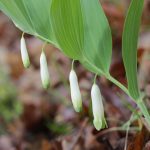
At a plant sale last year I found some nice specimens of Solomon’s seal wrongly placed on a table reserved for Oregon native plants. And … Continue reading
We've got issues.

At a plant sale last year I found some nice specimens of Solomon’s seal wrongly placed on a table reserved for Oregon native plants. And … Continue reading
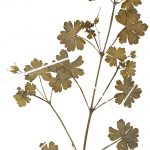
In response to my March column about the scourge of shining geranium, local resident Alan Van Zuuk has provided more detail on how to control … Continue reading

Years ago a chiropractor who was into nutrition told me that salads should be composed of at least nine ingredients. Or was it seven? Plain … Continue reading
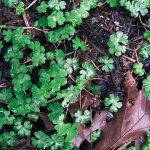
A small but perniciously invasive plant is headed to a yard near you. And trust me, this is not a plant you want in your own … Continue reading
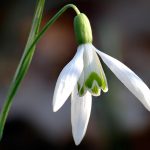
Cheer up! Yes, I know it’s bleak outside, but every day brings a few more minutes of daylight and new intimations of spring — and … Continue reading
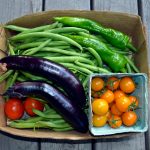
After months of getting out early to harvest the garden bounty and water the vegetable beds, fall is here and I have a little extra … Continue reading
Most gardeners would like to do a little less routine yard maintenance and spend more time being creative, or even relaxing. But the low maintenance … Continue reading
It looks like the school garden concept is getting some serious respect from the 4J school district. Just look at the spanking new Howard Elementary … Continue reading

Don’t miss a golden opportunity to pick up some locally sourced native plants while supporting the efforts of the Friends of Buford Park and Mount … Continue reading

Planning is one of the most important elements of gardening. It is also one of the easiest steps to overlook, especially for the beginner. Knowing … Continue reading